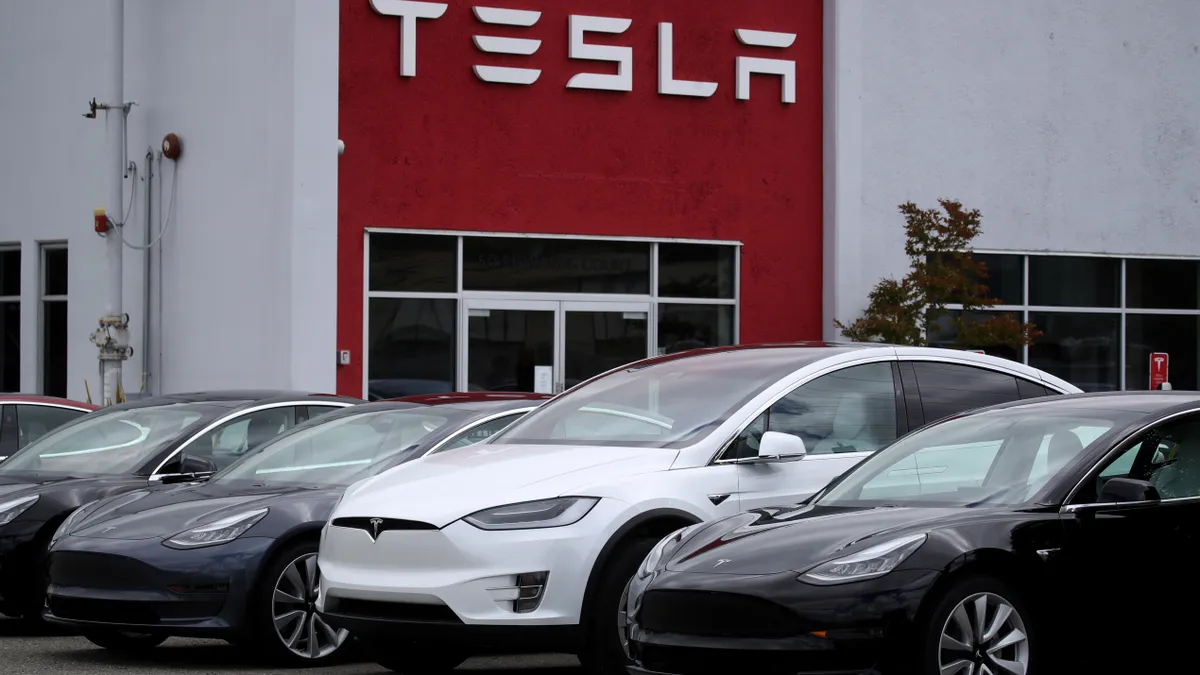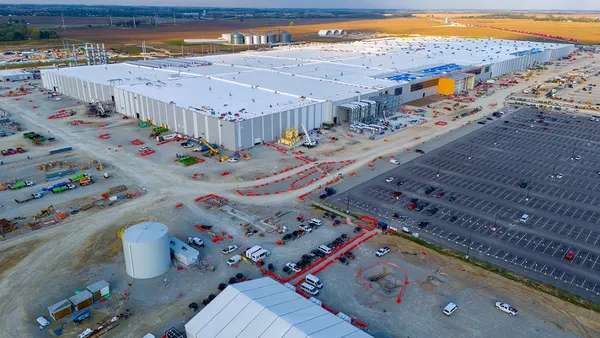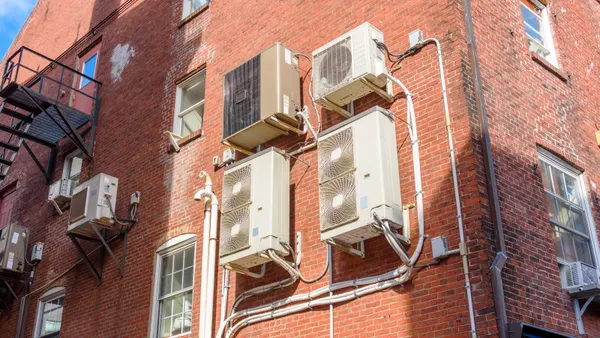Dive Brief:
- Tesla is rewriting software to make the most of its limited supply of semiconductors, CEO Elon Musk said during a Q2 earnings call last week.
- The automaker reengineered software for vehicles to use different types of chips. In some cases, a single chip can serve dual functions, “which is even better,” Musk said.
- Going forward, Tesla will work to “integrate more functionality into fewer chips, like the way that it’s gone with laptops and phones,” according to Andrew Baglino, senior vice president of powertrain and energy engineering.
Dive Insight:
Chip shortages have weighed heavily on Tesla’s production, with Musk saying in January that part constraints were one of the primary reasons the automaker would not release any new vehicles this year. The EV maker has increased its focus on innovation amid what Musk has called “chip drama central.”
Tesla’s strategic use of semiconductors has lowered the number of chips required to produce vehicles, allowing the automaker to maximize production. In last week’s call, Musk said the chip shortage “has served as a forcing function for us to reduce the number of chips in the car.”
“Yes, turns out we had more chips than we needed,” he added.
Semiconductor constraints have hammered the auto industry, which requires thousands of chips to produce a single vehicle. Electric cars need even more chips — one hybrid electric vehicle, for example, needs 3,500 semiconductors on average, according to the U.S. International Trade Commission.
In 2021, semiconductor shortfalls cost automakers an estimated $210 billion in lost revenue or 7.7 million vehicles in lost production, according to an AlixPartners analysis.
Tesla procures about 1,600 unique silicon parts from 43 semiconductor companies and finding new uses for chips has allowed the company to save costs and maximize production, Baglino said. Reducing the number of semiconductors used also “makes the reliability of the end product better because there is less failure points.”
Still, limited supply of parts has limited Tesla’s ability to keep up with explosive demand. The carmaker is taking control of its own supply chain when it can, heavily investing in battery production and lithium refining to ensure that it can meet future demand.
“If our suppliers don’t solve these problems, then we will,” Musk said.
















